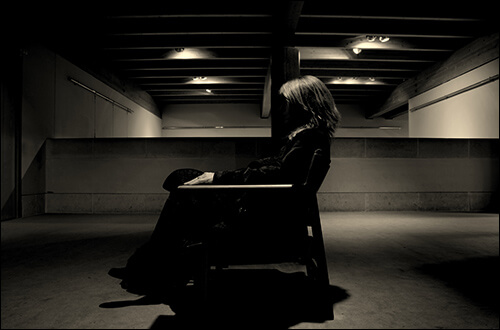At some point, every artist will be critiqued. Whether it’s by an actual art critic, a friend, a fellow artist, or just someone who walks into your show, people will always tell you what you’re doing right and what you’re doing wrong.
Critiques aren’t bad. Critiques aren’t necessarily good either—it’s what you DO with them that makes the difference.
I’m a big fan of structured, group critiques because it’s a great way for artists to get feedback about their art. There are even some online communities (like WetCanvas, for example) where you can get feedback on your art from artists around the globe.
But the truth is, the best critiques in the world won’t help if you have the wrong attitude going into it—and even rude or unwanted critiques can be helpful if you’re willing to listen.
So with that in mind, here are four suggestions for getting the most out of an art critique.
1. Separate your own emotions from your art
They’re not critiquing YOU, they’re critiquing a painting. Or a drawing. NEVER you. It might feel that way at first, after you’ve poured your heart and soul into a work of art only to have it picked apart—but trust me, it’s not your flaws they’re pointing out.
I still remember being a very depressed, very young eighteen year old during my first few weeks of college when it seemed like every drawing, design, or idea I presented got shot down.
I had to make a choice—every artist does. Either learn to distance your emotions or just stop learning.
Becoming a better artist means opening yourself up to the honest assessment of your peers. It’s worth it, but you have to choose to accept criticism before you’ll be able to move on.
2. Take notes during the critique
If it’s a long critique with, say, ten other people, you won’t be able to remember everything that each person said without writing some of it down.
Jot down a quick note for each separate thing mentioned, and then later when you’re by yourself you can really take the time to review the critique.
I also think this helps people be more constructive about what they say since they know you’re paying attention and that you care about their opinion.
Give it a shot in your group and see what happens.
3. Don’t worry when people don’t “like” your artwork
You’ll often come across people who just don’t enjoy your art. There might be nothing for you to improve on, no mistakes you made; they just don’t like it.
And that’s OK. Opinions vary. You won’t be able to reach everyone with your art, and the best you can do is put your art out there and explain it so at least there’s no confusion.
People not liking your art isn’t the end of the world.
4. Decide whether you agree or disagree
Ultimately a critique is just advice from other people, and like all advice, some of it will be bad.
Separate the good from the bad, and take only what you can use from it. You don’t have to change your style, or way of thinking, or subject matter just because someone else has a different opinion.
In the end, I think you’ll grow the most as an artist by listening to others, weighing the merits of what they’re saying, and then choosing your own path, whatever that may be.
This post may contain affiliate links.

